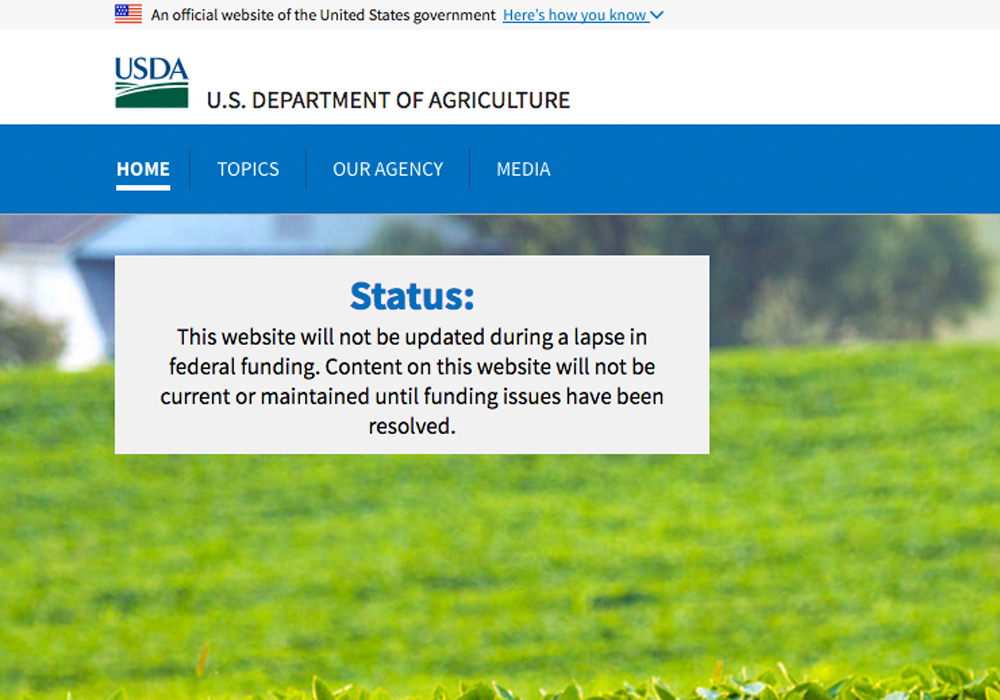WINNIPEG – The ICE canola futures market spent the holiday season like it usually does, paying attention to the goings-on south of the border. However, near the end of the two-week holiday period, canola broke out on its own due to a rally in the Canadian dollar.
The holidays were kicked off by a partial United States government shutdown, which started Dec. 21 and lagged on until at least the time of writing (Jan. 7). The shutdown meant many regular U.S. Department of Agriculture (USDA) reports weren’t released, such as the weekly export sales. This left traders guessing about U.S. soybean, corn and wheat sales, as rumours swirled China was making purchases.
Read Also

VIDEO: Case IH reveals new Optum tractor at Agritechnica 2025
Case IH reveals its new Optum tractor at Agritechnica 2025.
The shutdown also meant the USDA made the choice to delay the release of the latest stocks, Crop Production and World Agricultural Supply and Demand Estimates reports, which were scheduled to be out on Jan. 11. The reports will receive new dates once government funding is restored. This should keep the markets quiet though, as the January reports are usually known to be market movers and set the tone for the New Year.
The government shutdown had markets mostly quiet over the holiday season. The soybean market built itself up on the thought that sales were being made to China. Canola mostly followed suit and as one trader said, not much would move the canola market until the U.S. government is back in business.
Once the government does start up again, it is sure to move the market. If the Chinese hasn’t been making purchases as thought than commodity markets are bound to drop.
Towards the end of the holiday season there was a shakeup in the markets. On Jan. 3 the equity stock markets dropped after Apple Inc. announced lower sales, which had everyone thinking this was a sign of a slowing global economy. The news sent traders into a tizzy and running to the commodity markets, which shot up in response.
Canola found itself in an interesting spot, varying from the rising soy prices. The commodity boom pushed the Canadian dollar higher, which dragged the canola market down.
On top of this the holiday season was tinged with remarks of waning interest in Canadian canola. The dollar’s rally only added to the thoughts of decreased interest, as a higher dollar means canola is more expensive on the international marketplace.
The holiday season was also filled with many reports from the southern hemisphere. News of dryness concerns in Brazil filtered out to the oilseed markets. For weeks estimates had been pegging Brazil to have a record soybean crop this year; however dryness in key soybean growing regions now has many analysts reducing estimates. While the crop is expected to be smaller, it is still expected to be larger than normal.















